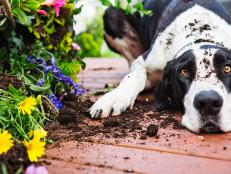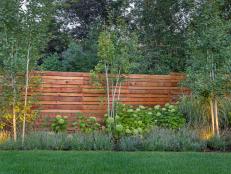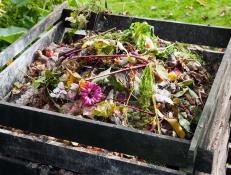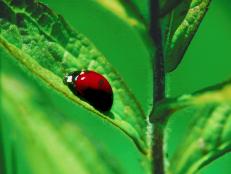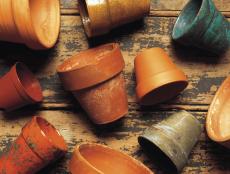How to Compost Indoors

During much of the year, the landscape provides plenty of raw materials for the compost pile. From grass clippings to leaves, when those supplies are exhausted, many gardeners stop composting all together. But savvy gardeners continue to feed their compost piles using yet another raw material that's never-ending - kitchen scraps.
Other than meats, bones and fatty stuff, kitchen scraps are perfect for the compost pile because they contain an extremely diverse mix of materials, and as they break down, they infuse the finished compost with major as well as minor nutrients. For example, green leafy scraps are loaded with nitrogen, banana peels are packed with potassium, and eggshells are a great source of calcium. Coffee and coffee filters as well as used tea bags are great for the compost pile, and they help maintain the important ratio between carbon- and nitrogen-based materials.
Kitchen scraps vary enormously in the amount of carbon versus nitrogen that they contain. If you add too much of the nitrogen-based material, namely the green stuff, then you upset that ideal ratio, which can result in a stinky compost bin. To keep odors away, Paul James recommends tossing in equal amounts of carbon-based material, or brown stuff, each time you add the kitchen scraps. Carbon-based materials include items like shredded leaves. Paul suggests keeping a bucket of them close to the compost bin for easy access.
"For well over 15 years, my wife and I carefully collected every single kitchen scrap that was suitable for composting in a five-gallon plastic bucket we kept under the sink," says Paul. "Then, once or twice a week, I'd trot up to the compost pile, turn the scraps into it, and rinse the bucket with water." Ultimately, the James family got tired of the whole process.
"The bucket smelled, fruit flies hovered all over the kitchen, and in the middle of winter with temperatures in the teens, it's not like I looked forward to going outside with a bucket full of scraps."
In other words, the whole endeavor was a hassle. So Paul set out to find a better way of dealing with kitchen scraps. And in the process, he discovered a number of ways to make collecting and composting kitchen scraps a piece of cake. What he found were a variety of different compost buckets made specifically for collecting kitchen scraps.
A sleek, 3.5-quart ceramic crock is attractive enough to keep on the kitchen counter. Glazed both inside and out, the container will never stain, it's dishwasher-safe, and has a handy carrying handle. But if modern is your thing, you can always opt for stainless steel, which is a great material because it is easy to clean and won't stain or absorb odors.
"And if your family, like mine, generates a lot of kitchen scraps, you might want to go with a stainless-steel step-can," Paul says. With a handy mechanism that raises the lid and closes it tightly, the step-can locks odors inside. It also features an easy-to-remove, 3-gallon pail.
Another great item for the smaller pails and crocks are liner bags, which make composting kitchen scraps about as easy as it gets. All you do is place a liner in the compost bucket and fill it with kitchen scraps. Then, when it's full, remove the liner, and toss the whole thing in your compost pile. The liners are made of cornstarch, which makes them 100-percent biodegradable so they, along with the kitchen scraps, will decompose in no time.
The process of hauling all those scraps to the compost pile is another issue itself. It's best to locate the compost as close to the house as possible, or better yet, as close to the kitchen door as possible. That way, you'll be more inclined to dump the scraps routinely even if the weather is less than ideal. However, a compost pile can be a bit of an eyesore, so what you really want is something that isn't all that hard to look at. One solution is a compost bin that's small enough to fit just about anywhere, yet holds a fair amount of kitchen scraps and is reasonably attractive.
"In my search for a bin, I came across several different models from several different manufacturers, all of which pretty much fit the bill," says Paul. One is made from heat-absorbing black, recycled plastic and it holds 12 cubic feet. It features a unique lid design that allows just enough rainwater into the pile to keep the contents moist but not soggy. And to prevent rodents from getting access to the excess kitchen scraps, Paul added an optional rodent screen, which fits inside the bin.







